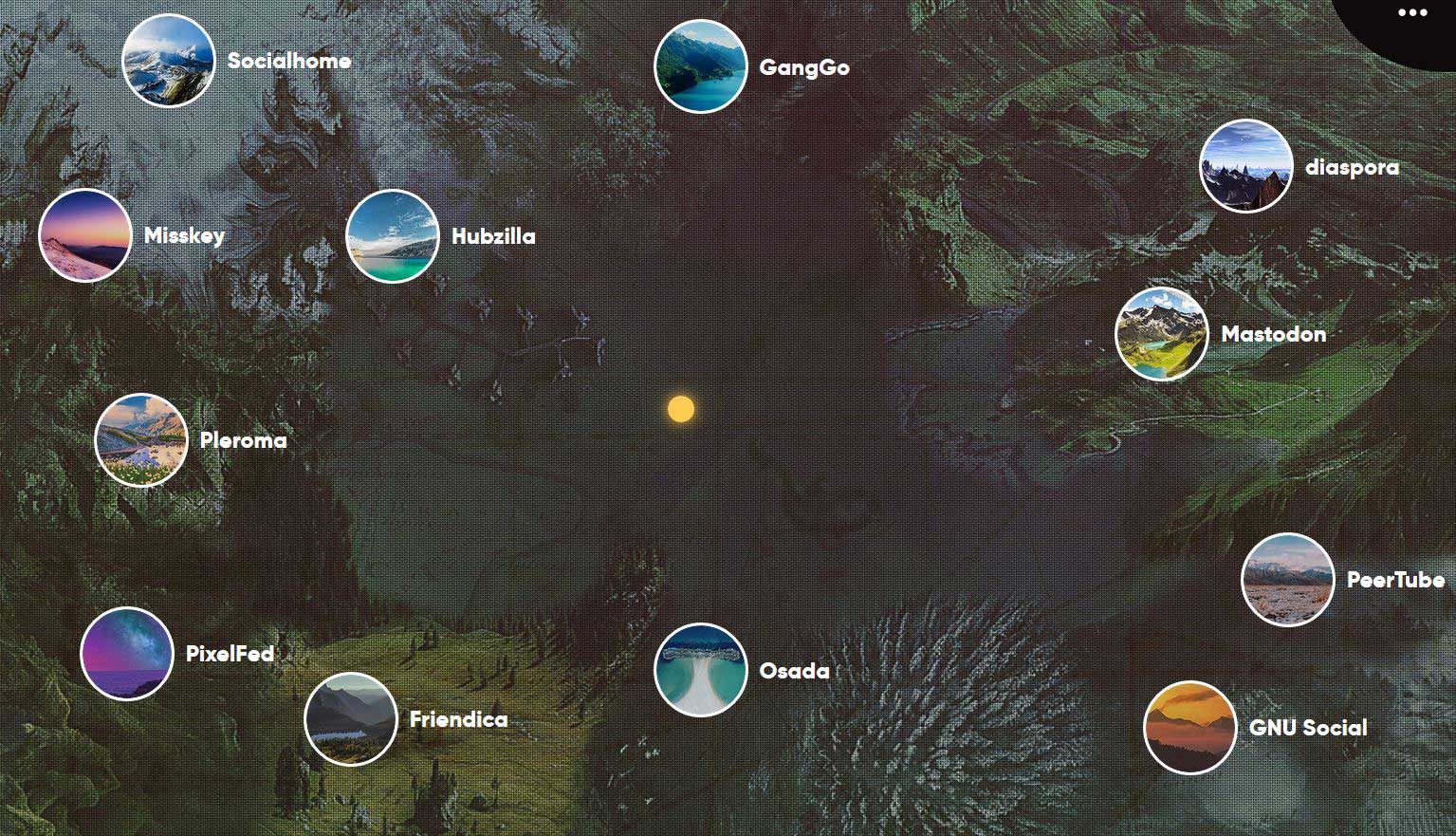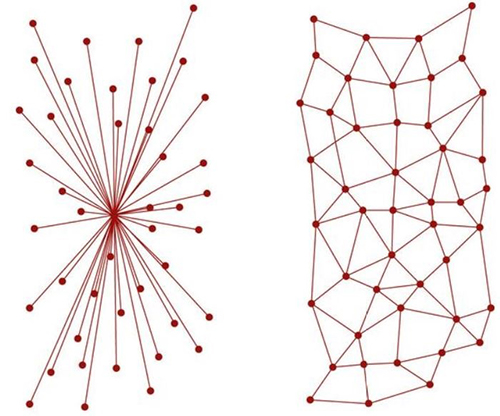What old mammals can teach us on open source technologies and ourselves

The notion of a global online community is resonating again. Mainstream tech platforms that provide cost free services occupied this notion to the extend, that it almost got forgotten. In the meantime the ‘Fediverse Ecosystem’ is getting more attention - it is worth inspecting it, let’s see why.
Do we really need alternative social media networks?
Yes. Innovation and creativity needs diversity and dissent. Basic civil rights like free speech and privacy are fading and the monetization of the social experience on platforms like Facebook grows more and more into a participation of homogeneous online events. Since most of the services like ‘social’ media and chat are build on hierarchical, centralised structures - ‘walled gardens’- it is easier to have control on content, application and much more. However, there are social networks that work outside the valley-start-up horizon - the so called federated ecologies. They are promising another experience when associating and connecting outside the big tech giants. It seems to be a good beginning to return the control of the content distribution channels to the people. Anyhow, it is not about introducing the next ‘big thing’ or promise everyone has to rush for than it is a possibility to pursue new ways of coexting beside FB & Co.. smoothly, radically or just leave it to be.
“We’re so conditioned to the venture capital world of startups nowadays that we intuitively think that all new tech ventures need to make it big or go bust. But that’s not the nature of the economic model behind the fediverse, which is sustainable already, while just happily ticking along.” Medium/Peter O’Shaughnessy
Decentral and open web? Mastodon and the Fediverse!
The Fediverse ecosystem is not a website to sign up to. Instead you will find hundreds of independent open source websites and servers powered by citizens all around the world that are in fedaration with each other without being owned by any single company (Fediverse Party/@Lostinlight). Each of them is an installation of software which supports one of the federated open web protocols like ActivityPub, Ostatus or XXMP. No matter where you register you’ll be able to connect and associate with friends and users of other servers from the Fediverse in a free, decentralised manner.

The most popular website from the Fediverse is called ‘Mastodon’. Eugen Rochko started to develop Mastodon, named after an mammal from the ice age that ‘browses’ for its diet, it can run on different nodes/servers/instances. The so called ‘toots’, 500 character messages remind a bit on Twitter and it’s tweets. Indeed, Rochko mentioned he sought to build something similar to Twitter, but with better features. The people, servers or instances you follow appear in your multi-columned timeline, even though they are from different websites. Everything related to Mostodon can be found on GitHub.
After all, we should be aware that “leaving mainstream networks behind and joining Fediverse you do not automatically gain privacy (…) (It) will, however, protect from corporate mass surveillance” (Fediverse Party). It gives everyone an opportunity to, in part, diversify their online social universe, and prevent money from being the sole deciding factor in who gets to see, hear, or say anything on the internet (Tremaine Friske).
Long story short, watch us or meet you there.
Karolina is Co-Chair of WoNoMute and currently on the MCT Master program. She is an open source and privacy advocate, is interested in music-space related art forms, live cinema and HCI.
